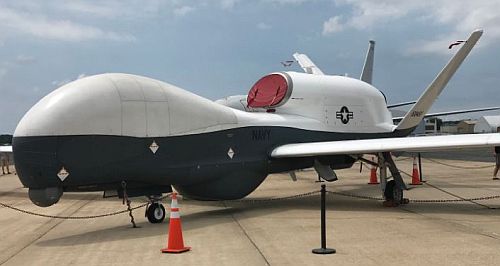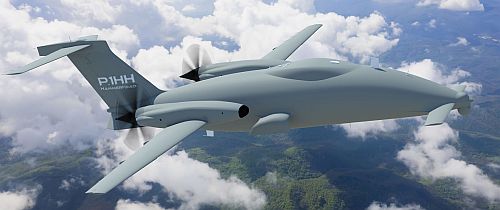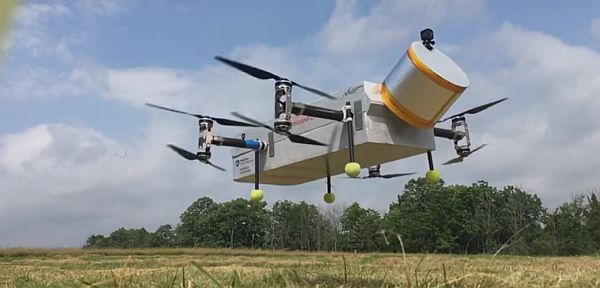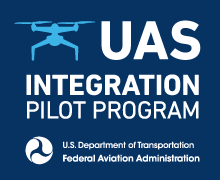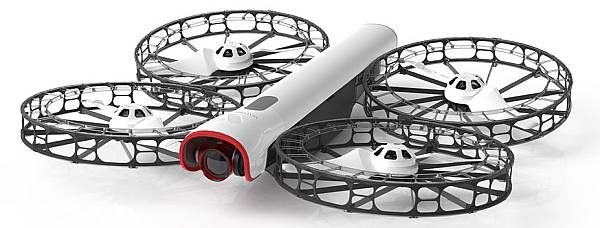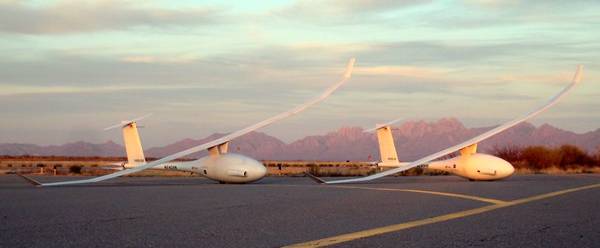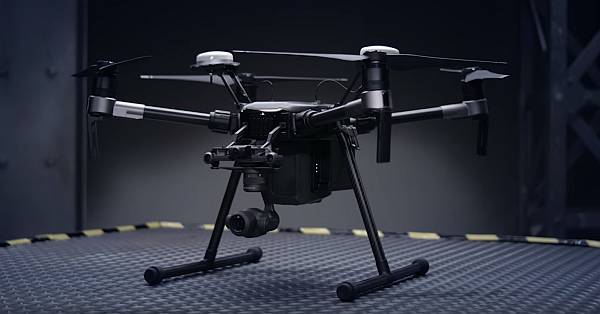Podcast: Play in new window | Download (Duration: 30:38 — 21.1MB)
A report says FAA risk adversity limits use of drones, SenSat breaks U.K. BVLOS record, Japan set to loosen BVLOS rules, and FCC sends a strong message to drone makers, marketers, and operators.
UAV News
Risk-Averse Culture At FAA Stifles Progress On Drones, Scientists Say
A study by the National Academies of Sciences, Engineering, and Medicine was mandated by Congress and sponsored by the FAA. It concludes that the FAA views drones the way they view aircraft: under a strong safety culture that is adverse to risk. George Ligler chaired the committee that wrote the report and said, “FAA needs to accelerate its move away from the ‘one size fits all’ philosophy for UAS operations. The FAA’s current methods for safety and risk management certainly ensure safety within the manned aircraft sector, but UASs present new and unique challenges and opportunities, which make it important for the agency to take a broader view on risk analysis.”
The committee wants the FAA to establish and publish guidelines to measure risks in a consistent and reliable manner within 12 months and include considerations of the safety benefits of drone use. The 66-page report is titled: Assessing the Risks of Integrating Unmanned Aircraft Systems (UAS) into the National Airspace System
SenSat, U.K.’s Largest Drone Data Provider, Breaks BVLOS Record
SenSat broke the beyond visual line-of-sight (BVLOS) record for the U.K. after completing a 7.5-mile (12 kilometers) BVLOS flight with a fixed-wing “Sparrow” drone. SenSat has Pathfinder status from the U.K. government which allows them to fly BVLOS. This record flight utilized multiple communication channels to ensure safety. SenSat uses Structure from Motion (SfM) photogrammetry that uses GPS to combine digital aerial photographs with computer vision to recreate areas in high detail. A live webcast of the event is available as LIVE Webcast: 12km Beyond Visual Line of Sight (BVLOS) drone flight ops.
Japan Moves Closer to Drone Delivery with New BVLOS Regulations
Commercial drone regulations in Japan require an observer who can keep the drone in sight, thus, BVLOS is not allowed. That is about to change. According to the Japan Times, “A law requiring that a safety assistant be present during long-distance commercial drone operations will be scrapped, according to new rules announced… by the transport and industry ministries.” And “a safety assistant will no longer be required to keep the aircraft in view if flight safety can be fully ensured remotely through devices such as cameras and sensors.” The change is to be implemented by the end of 2018.
No fly zone: FCC proposes US$2.8 million penalty for marketing non-compliant drone AV accessories [PDF]
In this article, Hogan Lovells says, “The Federal Communications Commission (FCC) is proposing to bring a US$2.8 million penalty against HobbyKing for marketing drone-attachable audio/video (AV) transmitters that operate on unauthorized frequencies.” The FCC is cracking down on those who make and market noncompliant UAS and UAS-attachable devices. FCC says HobbyKing offered UAS attachable audio/video devices that operate on amateur radio frequencies (which do not require FCC certification), but twelve devices operated on restricted FAA frequencies and three of the devices exceeded the allowable power levels. FCC found repeated violations, intentional marketing of unauthorized devices, untimely and incomplete responses.
The FCC’s Enforcement Bureau issued an enforcement advisory for marketers and operators of AV transmitters:
- Only manufacture or market devices that operate on amateur frequencies, unless you receive FCC certification for operating on other bands.
- Keep transmitter power within the levels of the commission’s rules.
- If the FCC contacts you regarding devices you’re marketing, seek legal counsel.
- If you receive a letter of inquiry, respond in a timely, complete, and accurate manner.
- Both commercial and amateur drone operators have a responsibility to ensure that the equipment they are using complies with applicable FCC regulations, because they could also be subject to FCC civil penalties for operating drones with noncomplying radio frequency devices.


